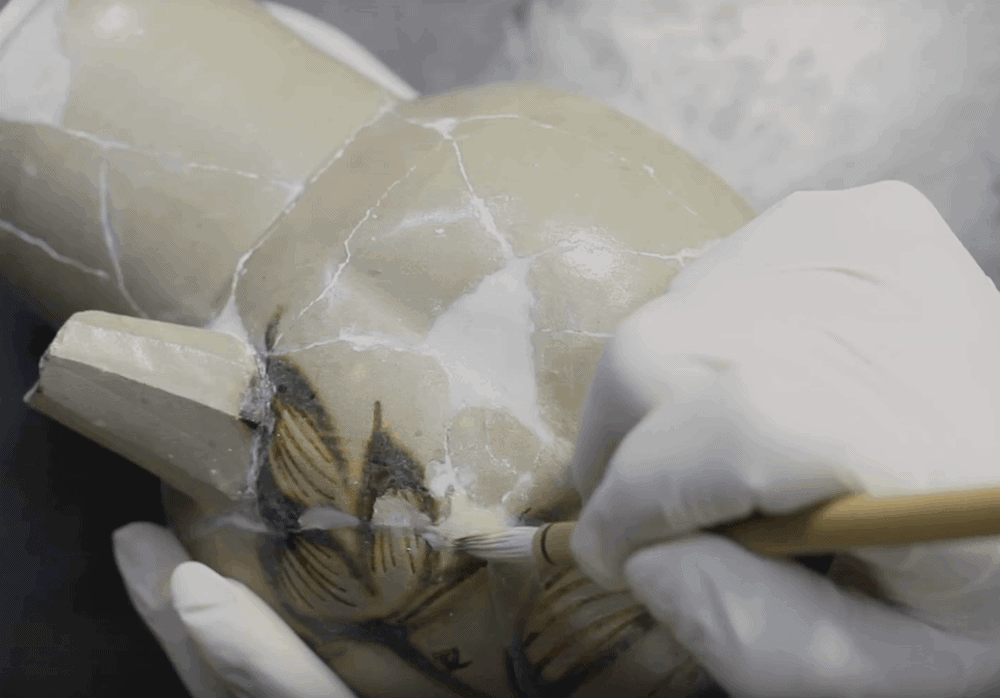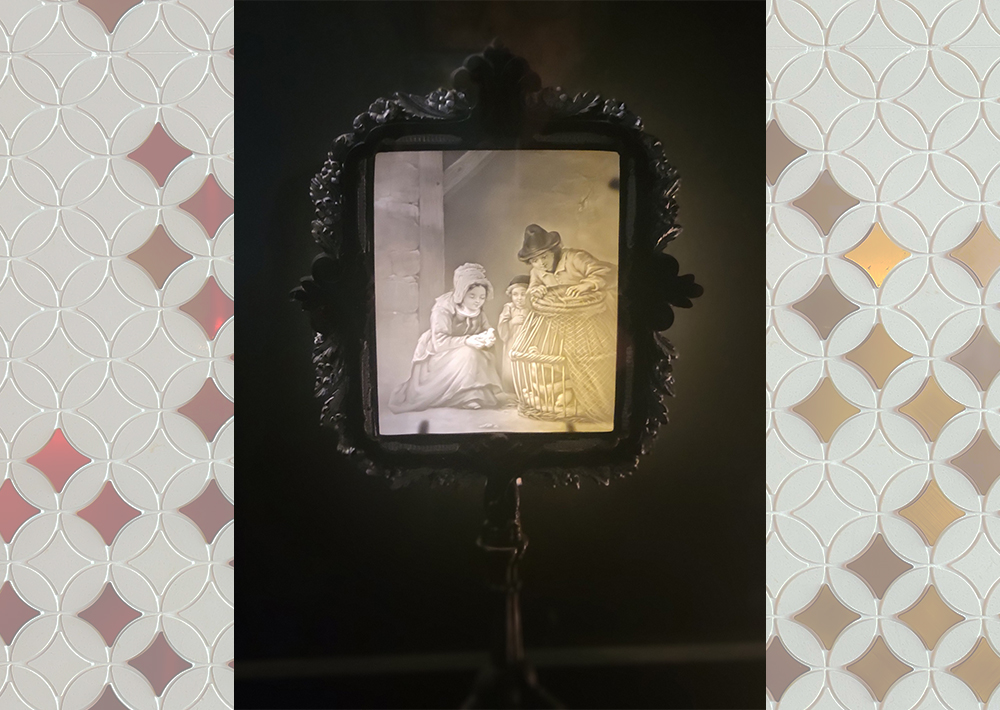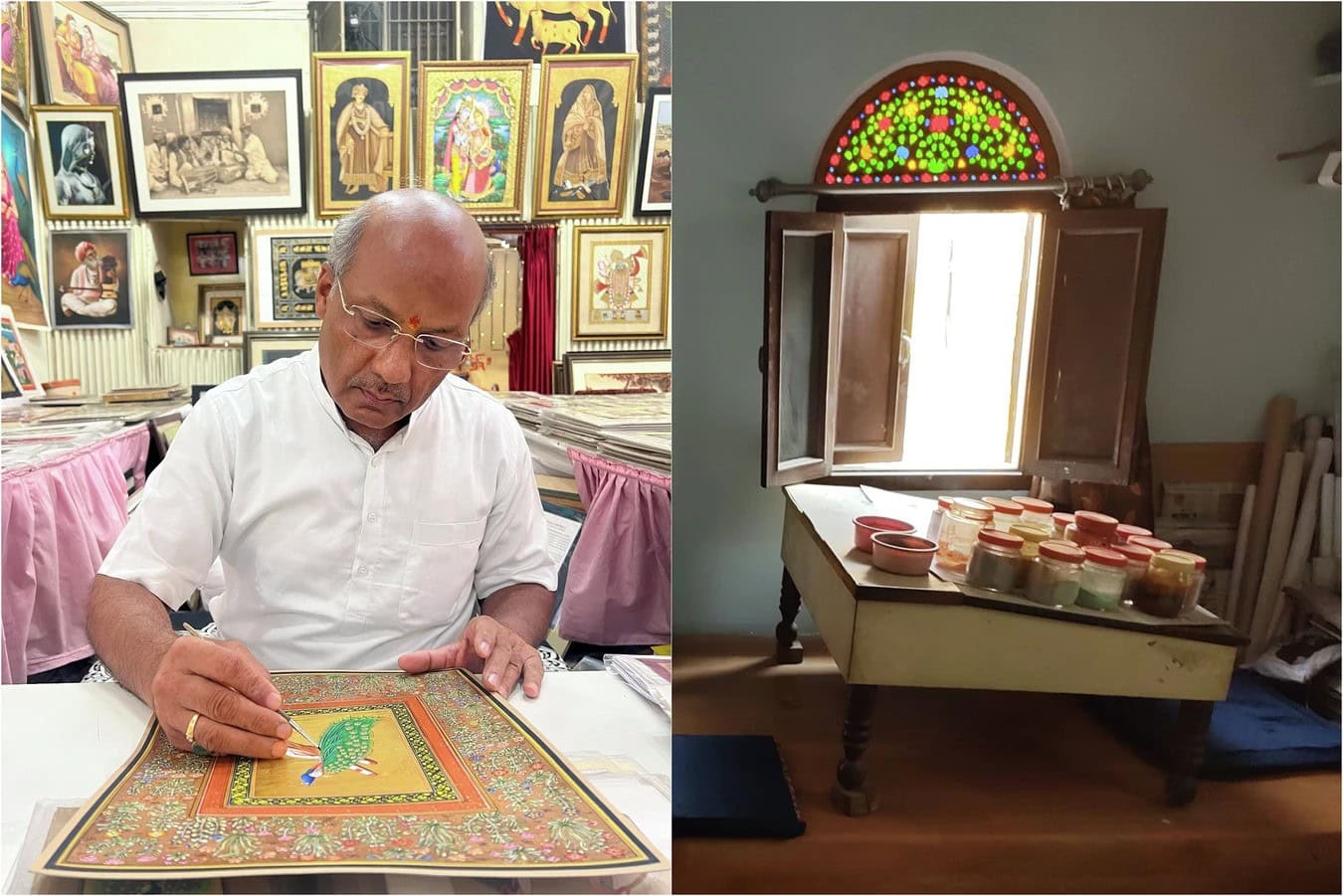
[Image above] A technician colors a broken antique porcelain piece during restoration. Researchers in Germany explored the potential of using additive manufacturing techniques to restore historical ceramics. Credit: New China TV, YouTube
As highlighted in a CTT post this April, restoration of historical artifacts can be a complex task requiring not just material considerations but ethical deliberations as well. In addition, rapidly advancing digital technologies can make it difficult to keep track of all the ways to produce, store, and share museum and heritage assets.
In May 2017, UNESCO launched the Reproduction of Art and Cultural Heritage (ReACH) initiative to bring together the global museum and heritage community to reconsider how works of art and cultural heritage are reproduced, stored, and shared.
The use of plastics in the field of restoration is one focus of the ReACH initiative. Because of their lower light stability, plastics used to restore porcelain artifacts can become yellowish or differ in color from the ceramic base material over time.
Thus, “the replacement of damaged areas should be done with a material that is specific to the type,” researchers write in a recent paper.
The researchers come from Fraunhofer IKTS and KI Keramik-Institut GmbH in Germany. They received a request from staff at Dresden Porzellansammlung, a porcelain collection located in the Zwinger Palace, to help overcome the shortcomings of plastic restoration. In response, the researchers explored the potential of using ceramic additive manufacturing technologies and subtractive post-processing steps to restore porcelain artifacts.
The researchers focused on three additive manufacturing techniques suited for ceramics—vat photopolymerization (CerAM VPP), fused filament fabrication (CerAM FFF), and powder-bed fusion (CerAM PBF).
- CerAM VPP—The researchers dispersed porcelain powder (up to 50 vol.% particle content) in a plasticized fluid together with a dispersant, various monomers as binder, and a photoinitiator. They used a planetary centrifugal high-speed vacuum mixer for stepwise preparation of the slurry, which was printed into parts and cleaned before thermal debinding and sintering.
- CerAM FFF—The researchers mixed porcelain powder (solid content of 57 vol.%) with a thermoplastic binder in a multistage compounding process and then extruded the mixture into a filament. They removed organic components from the green part in a two-stage debinding process before sintering.
- CerAM PBF—The researchers sintered together porcelain powder by means of a laser beam. When they completed the process for one layer, they moved the powder bed downward and applied a new layer.
While the first two methods required a very fine-grained porcelain powder with a maximum grain size of 10 μm, CerAM PBF achieved the best results with grain sizes greater than 200 μm.
Based on their tests, the researchers determined that CerAM PBF was the least desirable method because “Although single layers could be laser-sintered, it was not possible to build on them a next layer without destroying the base or changing the position of the first layer,” they write.
CerAM VPP and CerAM FFF did better at replicating the complexity of a missing part, but these techniques also faced some limitations. Specifically, “The fracture edge of a shard shows a unique, undefined surface with resolutions which cannot be achieved neither by conventional shaping nor by additive manufacturing methods,” the researchers explain.
They suggest that combinations of additive and subtractive shaping methods are needed to accurately reproduce the fracture edge. Details on this process, though, “will be addressed in the remaining project duration.”
The paper, published in Ceramic Forum International, is “Opportunities and challenges of ceramic additive manufacturing for restoration of historic porcelain artifacts” (April 2021, Issue 2, p. E-32). Find the April 2021 issue of CFI at this link.
Author
Lisa McDonald
CTT Categories
- Art & Archaeology
- Material Innovations
Related Posts
Celebrating the US Semiquincentennial: Ohio Creativity Trail
December 16, 2025
Lithophanes: Dedicated museum sheds light on these porcelain artworks
November 13, 2025


